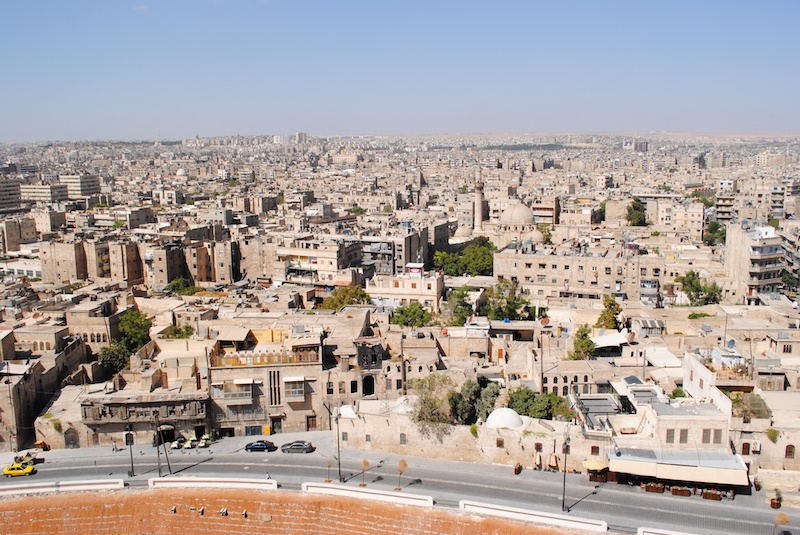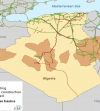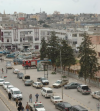After the earthquake in Morocco and the floods in Libya, we look back at the earthquake that shook Syria in February. Economic losses and physical damage linked to the February 2023 earthquakes in Syria have been estimated at $5.2 billion, while financing needs for the reconstruction and recovery of the economy amount to $7.9 billion. $.
The World Bank’s Rapid Damage and Needs Assessment (RDNA) estimates that at the sectoral level, housing represents the most damaged asset (23.5% of total losses), although physical infrastructure and productive sectors concentrate the majority. majority of economic losses, notably transport infrastructure (19.2% of total losses) and the agricultural sector (14.9% of total losses). The deterioration of infrastructure has notably caused a decline in fuel production and disruptions to logistics and supply chains.
The earthquakes accelerated the deterioration of the economic situation.
Pre-existing vulnerabilities were thus exacerbated by the loss of human and physical capital (buildings, ports, roads). According to the World Bank’s Syria Economic Monitor of August 2023, the contraction in GDP in 2023, initially estimated at 3.2%, would rise to 5.5%. The trade balance, for its part, was affected by the decline in maritime activity and interruptions in value chains. The earthquakes also accelerated the depreciation of the currency (-23% to 8,800 SYP/USD on the parallel market in May 2023), while inflation increased by 11% between January and April 2023.
The World Bank estimates a 84.2% year-on-year increase in the cost of the basic food basket in 2023, with variations depending on the region (the price of fuel has particularly increased in regions dependent on Turkish imports). Each region has looked outside the internal market to Iran, Iraq and Lebanon to address supply shortages of essential goods, which has increased smuggling activities at the borders.
In addition to the economic repercussions, the earthquakes have seriously deteriorated the social situation.
The toll stands at more than 6,000 dead, 12,000 injured, and 600,000 internally displaced, in regions already heavily affected by the conflict. Many social services have been affected, including the education and health systems.
Faced with these multiple socio-economic challenges, the country’s recovery is being undermined by difficulties in delivering humanitarian aid and a precarious status quo resulting from the conflict.
The needs linked to reconstruction are in fact not covered by the national emergency fund which amounted to $7 million (or less than 0.1% of GDP), while areas not covered by the regime are experiencing difficulties. even greater difficulties in constituting a social and economic response to earthquakes. The delivery of international aid has also been hampered by the absence of authorized border crossings and internal divisions over its distribution.
However, solidarity efforts from Arab countries demonstrate a recomposition of regional dynamics in favor of Syria. Diplomatic missions interrupted since 2011 (Egypt, Jordan, Tunisia) took place following the disaster, followed by a significant increase in humanitarian aid. Arab countries thus provided $329 million during the first 5 months of 2023, or 30% of international humanitarian aid over the period.
Source: Economic Service French Embassy in Lebanon








Réagissez à cet article